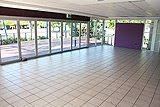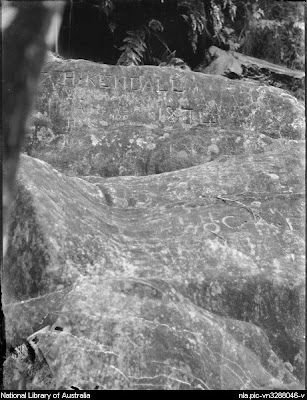The following is from the Gosford Challenge email newsletter.
"STRATEGIC DESIGN PARTNER NAMED:
COX ARCHITECTS"
COX ARCHITECTS"
"The need for the Strategic Design Partner to be able to engage and listen to our community
was a key requirement in the evaluation process. Within the ‘commercial in confidence’
nature of the evaluation, the process was carefully designed to allow ‘real people’ to be
present for the contenders to talk to, elicit information from and demonstrate that this
information would indeed be used in their responses. Gosford people, representing many
sectors, kindly gave their time to the selection workshops."
How will it be possible to think outside the box when the self-selected 'real people' are the box.
The real challenge for Gosford might be to break with its traditional secrecy, division and self interested development and let the real people speak.
While there are some who will take exception to the descriptions of divisiveness, developmental self interest, lack of transparency in processes and disfunctional communications being aired, it is hard to find many who will deny the reality of the situation – except those who are committed to talking up the positive.
And the positives are a there too, but the challenge remains and must be acknowledged and redressed if Gosford's potential is to become a reality.
Meanwhile, for the 'real people', it is , as our Mayor Chris Holstein recently commented "you get what you accept".








